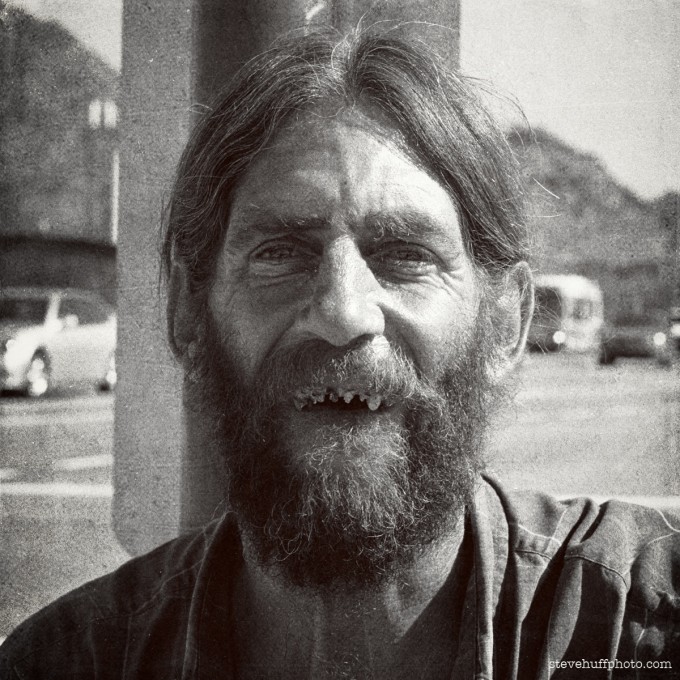The Shoot
The Object shoot took place on Friday 29th
November. First, I had to get the studio set up.
I decided to use mirrors to produce a distorted image of the
bags and boxes. This was to create the illusion of how people can get a
distorted view in their minds of having to have expensive designer products.
To get this effect, I had to bend the mirror board into a
tube. Next, I hung the bags on thread and suspend them on a rod so that they
looked as though they were floating in the middle of the tube. Then I placed
two honeycomb lights to see which position would work best.
Next, I took a few practice shots on a digital camera to see
what effect I would get. Two black poly boards were set up on the side so no
other light could reflect on it.
When I found the best direction to shoot in, I set up the
Horseman camera. Then I did a practice
shot to test that the focus and the aperture were right, after which I
processed it and scanned the negative into the computer. I decided it was too
dark so I changed the settings to make it lighter.
My research supports my concept as I looked at artists who
were trying to make a point about consumerism. I found media reports which told
of consumers who had got their obsession out of control.
I looked at photographers who reflected or distorted images
which gave me ideas for how to portray the distorted images in the minds of
these particular consumers.
Next time to improve my research, I could devise a
questionnaire, take it to a shopping centre with designer shops and ask consumers
about their shopping habits.
The images I chose were because they were more in focus which
made the logos clearer.
My visual choices translate my ideas well as I wanted to
create the illusion of how people can get a distorted view in their minds of
having to have designer products and the mirror boards distorted my image.
I managed my studies well, even though the project was
running alongside the Portrait project.
I spent a lot of time researching media articles, comments from
consumers, artists and photographers.
I need to reflect that I should have thought a bit more about
the props I needed for this shoot as it ended up being a bit stressful.


























